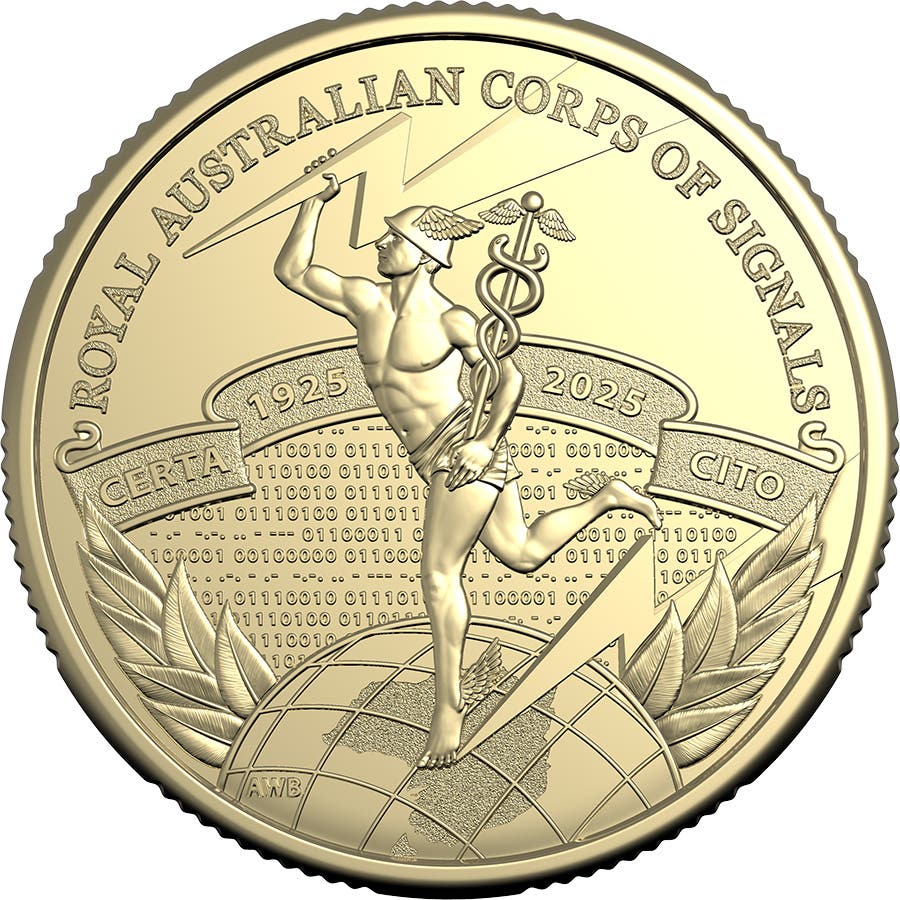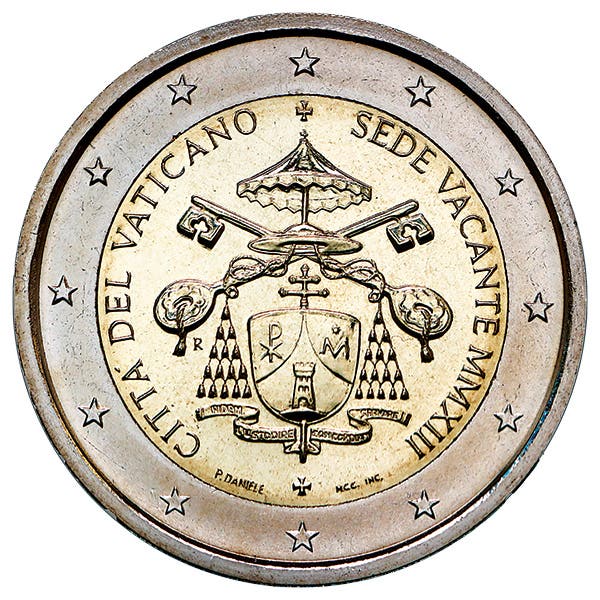Important Medieval Find in Austria
The discovery of a hoard of ancient, gold, or undersea treasure coins gets media attention, but important hoards of medieval and modern coins that get less publicity are occasionally discovered…
The discovery of a hoard of ancient, gold, or undersea treasure coins gets media attention, but important hoards of medieval and modern coins that get less publicity are occasionally discovered as well.
On Oct. 27 it was announced that more than 6,000 silver medieval Austrian coins were discovered while renovating a farm in Rainbach, Upper Austria. The coins are now at the Linz Schlossmuseum or OÖ Lande-Kultur GmbH Museum where they may at some future date be displayed.
According to a museum spokesman, the find is “one of the most extensive, late medieval complexes from a rural milieu in our state and beyond.”
The coins “were wrapped in fabric and kept in a clay lidded pot,” according to the same spokesman. “As a hiding place, the owner chose a spot in the foundation of a farmhouse, which he chose so skillfully that the coins remained undiscovered for more than five centuries.”
An official museum statement reads, “We can only make assumptions about the question of who the former owner was, most likely it was the former owner of the farm or one of his family members; servants as owners can, in any case, be excluded in view of the size.”
Details of the find were still being studied at the time this article was being written. The museum released a statement reading: “The exact time of the concealment is not yet known. What is certain, however, is that it is from the second half of the 15th century and consists of different types of coins that were then in circulation in the country as a means of payment.”
What is known is that the find consists of Prague groschen originating in Bohemia, Tyrol kreuzer, Bohemian pfennig and their halves, and Milanese pegioni or “snake groschen.”
The Milan coinage was called snake grossi or groschen because the iconography on these issues depicts the Visconti heraldic device called the wyvern on which a snake is shown devouring a human. The noble Visconti family ruled the duchy of Milan in Italy between 1277 and 1447. The wyvern is depicted on coins of Giovanni-Maria Visconti (1402-12).
Prague groschen are .933 fine silver coins with a weight ranging from 3.5 to 3.7 grams produced from silver mined in Kutna Hora commencing about 1300 during the reign of King Wenceslaus II. Due to the high purity and weight of the silver these coins were accepted as a form of an international trade coin throughout Europe. Prague groschen production ceased about 1547 when the Bohemian thaler was introduced following the opening of new silver mines in Joachimsthal.
According to R.A.G. Carson in his monumental work Coins of the World, “The first silver groschen of 12 pfennig value were struck in Prague by Florentine artists for Wenceslas II in 1300. This quickly became one of the most popular of late medieval coinage which circulated throughout most of Germany and was widely copied, particularly in Poland and in Meissen.”
The Tyrol kreuzer was valued at 30 to the half guldengroschen in 1484. The guldengroschen was important because it was the first such large denomination and weight coin of its time.








